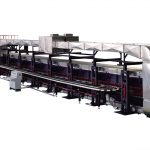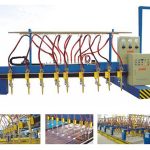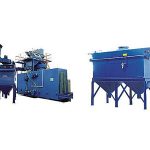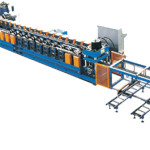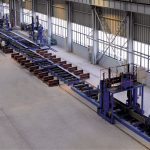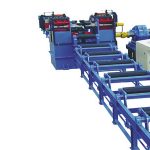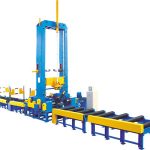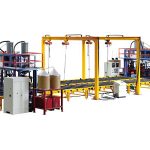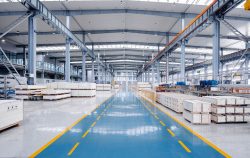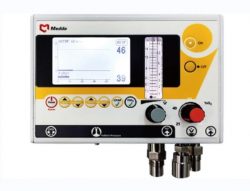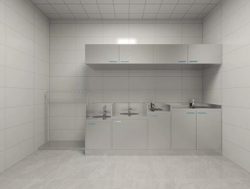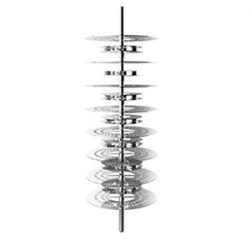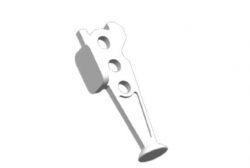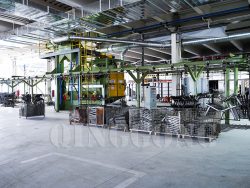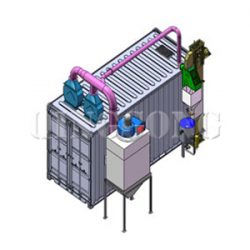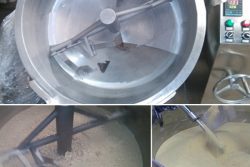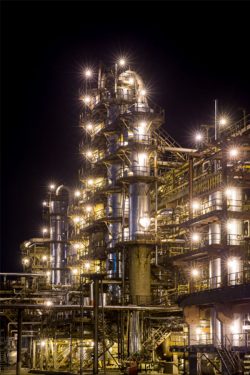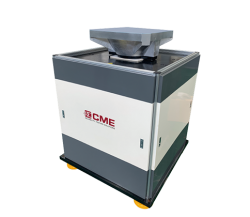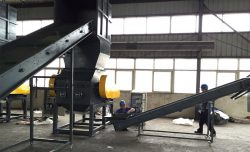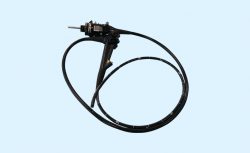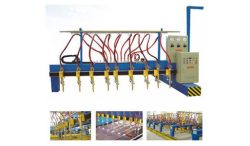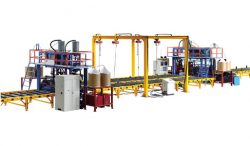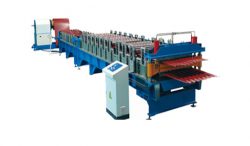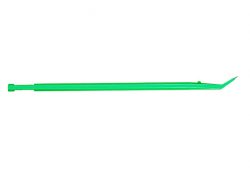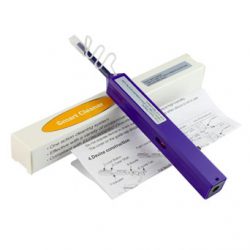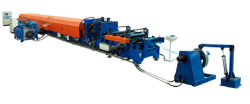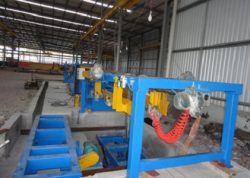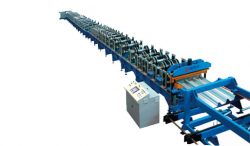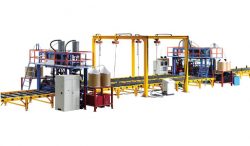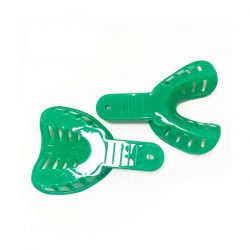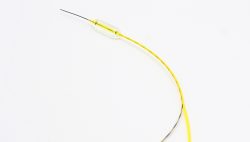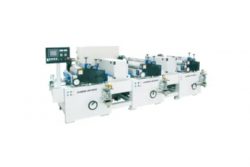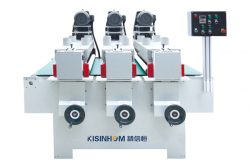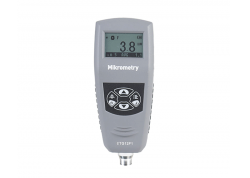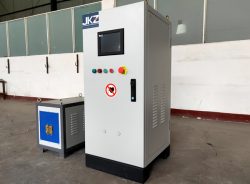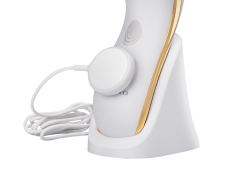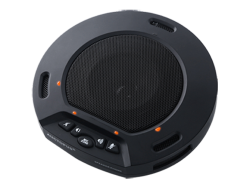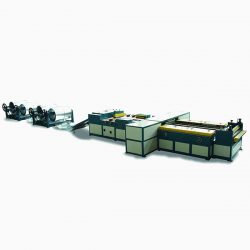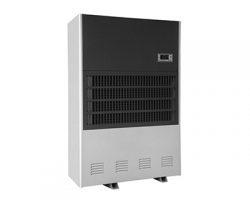Introduction to Roll Forming Machines
1. What are roll forming machines?
Rolling machine refers to a machine that processes polished rods. Polished rods (also called piston rods, etc.) are generally used in motors, cylinders, cylinders, valves, linear bearings, pumping units, etc. As a high-efficiency heat transfer element, threaded pipe is widely used in boiler products. Almost all shell-type oil and gas boilers use threaded pipes. Therefore, low-cost, high-efficiency, batch processing of threaded pipes has become one of the key research topics that boiler manufacturers pay attention to.
The basic feature of polished rod is slender shaft machining. It is difficult to process, and it has strict requirements on coaxiality, straightness, smoothness, and wear resistance, which has always been a problem for processing personnel.
2. Use roll forming machines for processing
When roll forming machines are used for processing, because the surface layers have residual surface compressive stress, they will help to close the micro cracks on the surface and hinder the expansion of corrosion. So it can improve the surface corrosion resistance, and can delay the generation or expansion of fatigue cracks, and improve the fatigue strength of the cylinder rod.
Through the rolling machine, the rolling surface forms a layer of cold work hardening layer, which reduces the elastic and plastic deformation of the contact surface of the grinding pair, thereby improving the wear resistance of the polished rod surface and avoiding the grinding caused by grinding. burn. After rolling, the surface roughness value is reduced, which can improve the matching properties. At the same time, it reduces the friction damage to the seal ring or the seal when the polished rod piston moves, and improves the overall service life of the components. After rolling, the surface roughness of the rod is reduced from Ra3.2~6.3um before rolling to Ra0.1~0.8um, the surface hardness of the rod is increased by about 30%, and the fatigue strength of the rod surface is increased by 25%. The service life of the oil cylinder will be increased by 2 to 3 times, and the efficiency of the rolling process is about 15 times higher than that of the grinding process.

